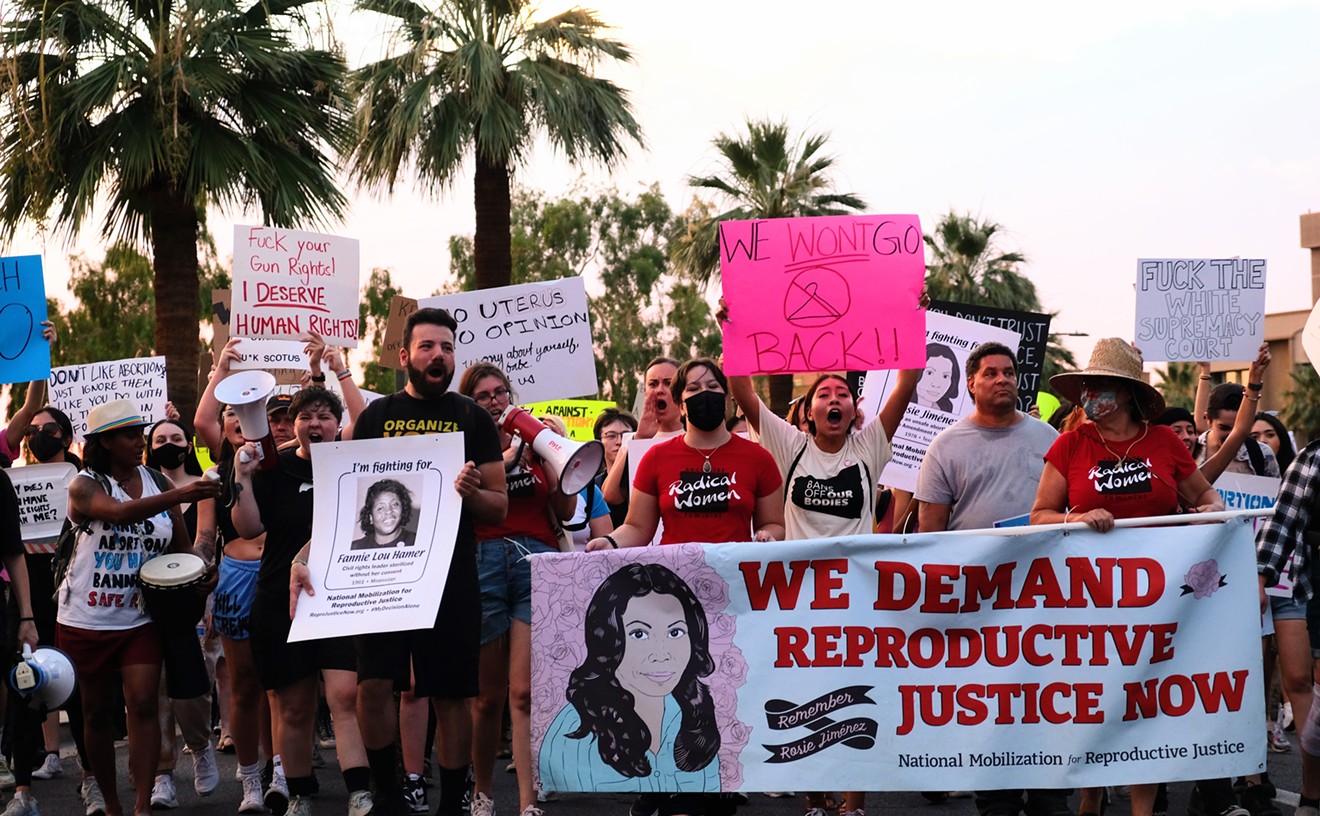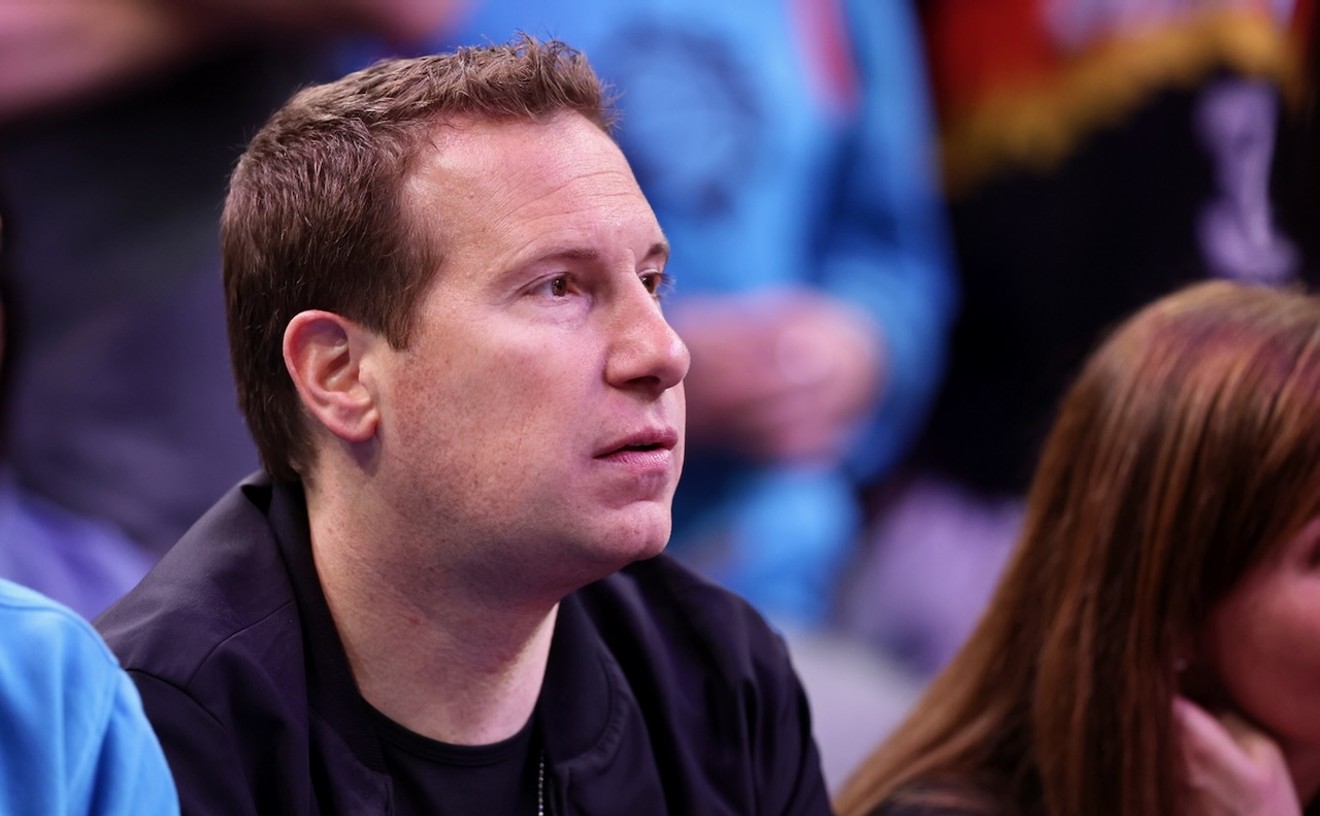AT&T has turned to federal court to make Phoenix approve a cell-phone tower that the company says is needed to fix a dead-air zone on the Piestewa Freeway.
A complaint filed by the company last week in U.S. District Court claims that Phoenix's Board of Adjustment erred by denying a use permit for the planned tower. The board concluded that erecting a 50-foot-tall, fake palm tree on the property of the Paradise Hills Assembly of God Church, 9425 North 26th Street, "would have an adverse visual effect," the claim states.
Last month, the company lost an appeal of the decision.
AT&T Mobility, represented by Tempe lawyers Joel Sannes and J. Gregory Lake, argues in the claim that Phoenix's stubbornness violates part of the Federal Telecommunications Act of 1996 and denies wireless services to Valley residents.
"AT&T Mobility has a significant gap in its service area, which it must fill by building a tower at the site," says the complaint.
You might wonder how AT&T users can differentiate between areas of poor coverage and their normal, sub-par service. Apparently, the problems through the mountains between Shea Boulevard and Northern Avenue, have resulted in way too many dropped calls.
"AT&T also discovered that nearby customers have no coverage or inadequate coverage," the complaint states.
No other spot for a cell-phone tower is available in the area, says the company. To make the plan more palatable, AT&T reduced the planned tower's height from 65 feet and the antenna's horizontal width from eight feet to six. The "monopalm" would be somewhat masked by the planting of four real palm trees nearby.
AT&T wants the court to force Phoenix to give it the use permit, plus any "other relief" the court finds appropriate.
In other words: "Rethink possible" -- or else.











